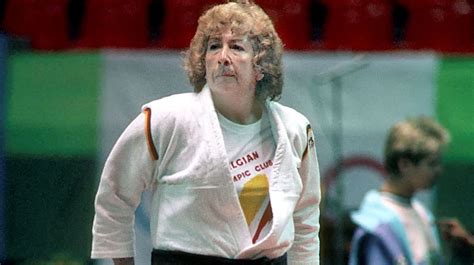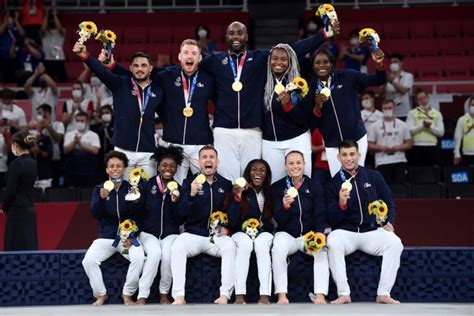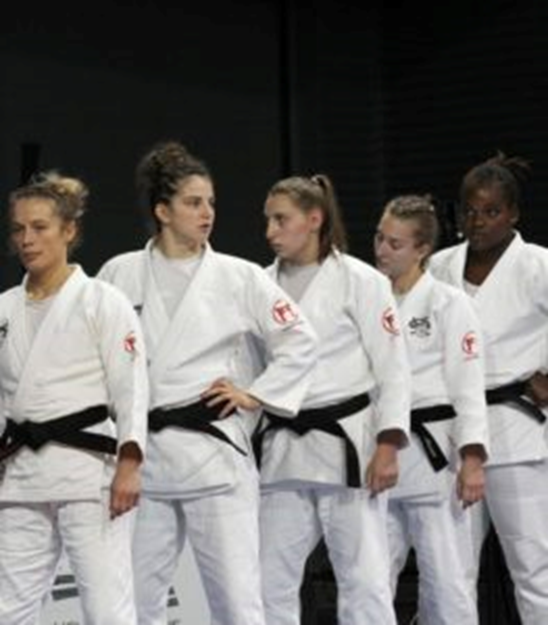Born in 1882, judo was inspired by the samurai arts. For a long time it was considered a man’s sport. And for a long time, judo and women were two incompatible things. Yet judo is based on the principle of “mutual aid and prosperity”, an approach that is hardly compatible with sexism. And yet, women have had to fight to gain their place in this discipline.
A sport long prohibited to women
For a long time, the doors to this discipline were closed to women and forbidden by certain Japanese masters. This resulted in numerous discriminations such as banning women from competitions. This prohibition has long contributed to the lack of visibility of women’s judo.
And any excuse was used to keep women away from the sport. Older articles stated that: “Judo is too violent a sport for women and may prevent them from having children”, that “it compromises femininity” or that “women are not disciplined enough”.
The practice was then taught differently, emphasising the aesthetic side of the katas rather than their effectiveness. These differences in teaching made it impossible to have mixed gender. It was not until the 1960s that ideas about women were abandoned.
A tough start…
In the 1950s in France, the exams for the black belt were mixed, as there were not enough participants to compete.
But knowing that women did not have the right teaching methods, we quickly understand that it was more complicated for them to reach the higher rank…
In 1950, a first competition was opened to women and took place in Paris. Unfortunately, there was a lot of negative feedback on this subject, due to the lack of experience of the participants, who displayed an inappropriate aggressiveness.
However, this competition was not without interest, as all the finalists would become black belts a few years later.
The serious stuff is finally starting !
Thanls to Rena Kanokogi, in 1980, Women judo started to grow.
Rena Kanokogi was born in 1935 in Brooklyn. She started judo in 1955 and did not hesitate to disguise herself as a man in 1959 to participate in a judo tournament. She was the first woman to train at the Kodokan with boys.

With all her battles for women’s judo, she created the first women’s world judo championship in 1980 in New York.
A few years later, in 1988, women’s judo entered the Olympic Games in Seoul as a demonstration sport.
Judo and women today
Today, things have changed and are still changing! Women represent 23% of the members, a figure that continues to increase.
Mixed team competitions are increasingly becoming part of major international tournaments and also the Olympic Games. Competitions where men and women are no longer on their own, but form a single team together. They are equal and share the same goal, to spread the passion and honour of judo.

French women’s judo is helping to make France one of the most successful nations in the world! We can mention Clarisse Agbegnenou, five-time world champion and double Olympic champion, Lucie Décosse, three-time world champion and Olympic champion, Brigitte Deydier and Gévrise Emane, three-time world champions, Catherine Arnaud, two-time world champion, and many other names!
Thank you to our ambassadors for spreading this passion and for excelling in this discipline ! And a big congratulations to our partner the Pontault Combault judo club and its incredible women’s team !


You want to have the same judogi as the women’s judo team of Pontault Combault ? Look at our Superstar 750 judogi.


